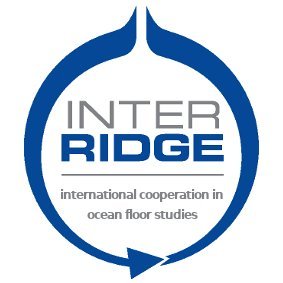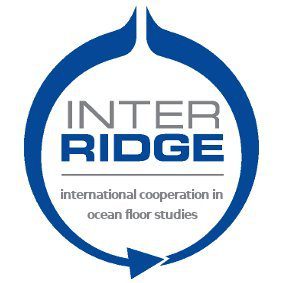InterRidge 2022 Webinar June
Deciphering the ocean magnetic stripes: the signal and the recorder (08:00 GMT, Tuesday June 28th )
Summary
Marine magnetics have been essential in leading the geoscience community to adopt Plate Tectonics as the new paradigm of Earth Sciences in the 1960s. Despite their wide use to date, understand the structure and reconstruct the past evolution of ocean basins, marine magnetic anomalies still have the potential to tell us more about the recorded signal – the main geomagnetic field history of the last 160 Ma – and the recorder – the oceanic crust and possibly the uppermost mantle. We will revisit both aspects in the light of recent works in various tectonic contexts – mid-ocean ridges, oceanic basins, subduction zones and passive margins – to derive a consistent picture of the magnetic structure of the oceanic lithosphere at different steps of its evolution. We will show that mastering both aspects – the recorder and the signal – are essential to properly date the seafloor, with examples from Meso-America, and will insist on the importance of collecting new well-navigated magnetic profiles to supersede those acquired before satellite positioning and increase the resolution of plate reconstructions.
Main points
- Marine magnetic anomalies are still not used at their full potential – they contain a lot more info than dating the oceanic lithosphere.
- A first info is on the recorded signal, the main geomagnetic field history of the last 160 Ma, both in polarity and in intensity.
- A second info is on the recorder, the magnetic structure of the oceanic crust in different contexts, from its creation at mid-ocean ridges to its destruction in subduction zones.
- Underway magnetic data should still be collected, if only to replace pre-GPS data for accurate plate reconstructions.
Brief information about Dr. Jérôme Dyment: Main career and academic interest
Jerome Dyment is CNRS Senior scientist at Institute de Physique du Globe de Paris, France. His research interest focuses on marine magnetic anomalies, to 1) date and reconstruct the structure and evolution of ocean basins, 2) depict the structure and magnetic properties of the lithosphere and understand active processes at mid-ocean ridges, and 3) refine the history of the geomagnetic field to constrain its mechanisms. Holding an Engineer Degree and a PhD in Geophysics (Strasbourg, resp. 1987 and 1991), he is the author of more than 90 scientific publication, supervised 10 PhD theses, participated 20 scientific cruises (9 as chief scientist), and is or was PI of French and bilateral scientific projects with, for the most recent ones, India, Mauritius, Japan, Korea, and Indonesia. Among various community tasks, he has been the advisor of CNRS Director for marine geosciences (2006-2011), the president of the French committee associated to the International Union of Geodesy and Geophysics (2010-2014), the head of the Marine Geoscience Team of Institute de Physique du Globe de Paris (2013-2016), and Steering Committee member (2001-2010) and the chair (2016-2020) of InterRidge. He is also leading the Task Force appointed by the International Association of Geomagnetism and Aeronomy to build the World Digital Magnetic Anomaly Map.

